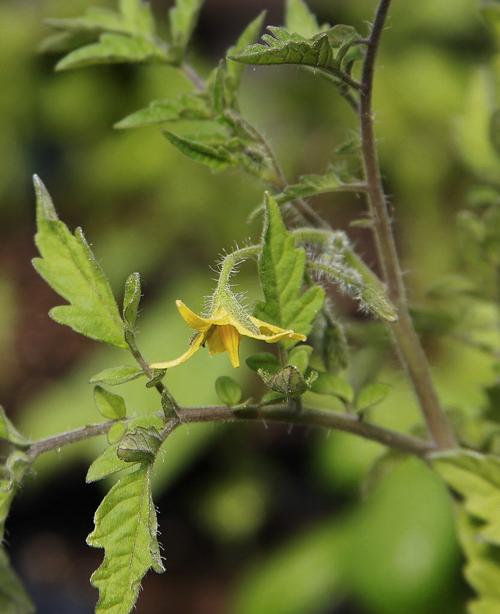Q: We planted two different kinds of tomatoes in a planter. The larger variety is thriving. The smaller variety has tomatoes that grow in green and no problems, but as they begin to ripen, the end farthest from the stem turns black.
A: The problem you described is called blossom end rot and it is associated with a calcium deficiency.
While the occurrence of blossom end rot may indicate calcium deficiency, in reality, the soil may have adequate calcium. However, for various reasons the plant may not be able to take up enough calcium to supply the rapidly developing fruit. As a result, efforts to manage this problem fall into two categories: pre-plant and post-plant.
Prior to planting, the main preventative measure is to have a soil test done to determine if there is adequate calcium. Limestone (a source of calcium) should only be applied if soil test results recommend it. When limestone is needed, best results are achieved when the limestone is worked into the soil 2 to 3 months prior to planting.
After tomatoes are planted, you can minimize the potential for blossom end rot by doing the following:
Once transplants become established, encourage the production of a large root system by keeping plants a little on the dry side for a few weeks (until they begin to flower and set fruit). A large root system is better able to take up the calcium needed for the healthy development of the tomato fruit.
After fruit set begins, keep soil evenly moist. (Avoid extreme fluctuations in moisture levels. Do not overwater!)
Apply a layer of mulch to help maintain even moisture and keep soil cooler.
Do not over fertilize. Especially avoid high-nitrogen fertilizer as it can cause problems with the uptake of calcium.
Do not cultivate closer than 1 foot to plants to avoid damaging roots.
If tomatoes develop blossom end rot, spray the foliage with calcium chloride or calcium nitrate when symptoms first appear. Follow the instructions on the label. Removing fruit with symptoms is also recommended.
The good news is that tomato plants self-adjust after the first fruit are set, and later fruit are typically not affected by this disorder.
Peter L. Warren is the urban horticulture agent for the Pima County Cooperative Extension and the University of Arizona. Questions may be emailed to plwarren@cals.arizona.edu.





